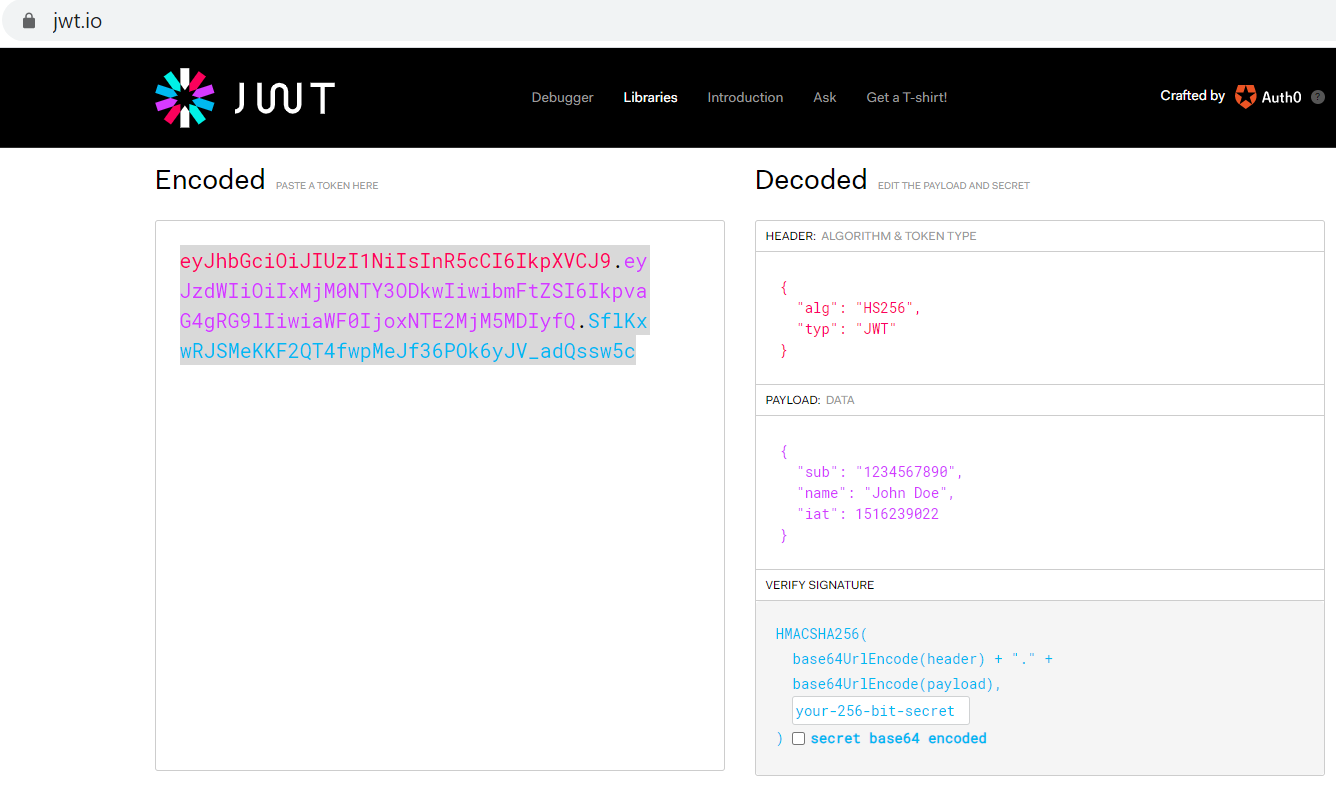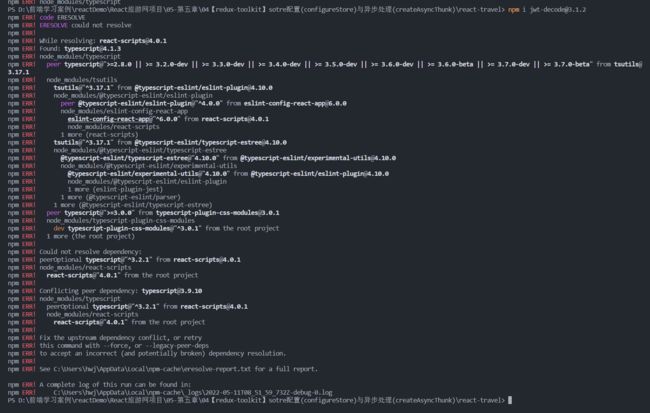
For example, you would pass the JWT in the Include the Source element in the policy however, you must includeīearer in the auth header. If you pass the JWT in the Authorization header, you do not need to In this case, Edge looks for the JWT in the Note: By default, the JWT is retrieved from the variable If present, specifies the flow variable in which the policy expects to find the JWT toĭecode. If you omit this element, the value of the policy's name attribute is used. Use in addition to the name attribute to label the policy in the management UI proxy editor Set to true to have flow execution continue even after a policy Set to false to return an error when a policy fails. Label the policy in the management UI proxy editor with a different, natural-language Restrictions, such as automatically removing characters that are not alphanumeric. However, the Edge management UI enforces additional Characters you can use in the name are restricted to:Ī-Z0-9._\-$ %. The following attributes are common to all policy parent elements. The policy reference describes the elements and attributes of the Decode JWT policy.

List of the variables set by this policy. In the API proxy can examine those values.

The policy writes its output to context variables so that subsequent policies or conditions Variable must be present and contain a viable (decodable) JWT. The signature is added to the result in the same way (encoded and separated by a dot).The policy shown below decodes a JWT found in the flow variable var.jwt. Encode the payload with Base64url defined in RFC 46483.Encode the header with Base64url defined in RFC 46483.A payload that represents the information embedded in the token.Overall, JWTs are a reliable and secure method for transmitting information over the internet, and their use is likely to continue to grow in popularity as more applications move towards microservices architectures.Ī token is essentially a string of characters that contains three parts:

Additionally, JWTs are widely supported, and libraries are available for most popular programming languages, making it easy to integrate them into your applications. One of the primary benefits of using JWTs is that they are lightweight and self-contained, making them ideal for use in microservices or RESTful APIs. The header contains information about the token, such as the algorithm used for signing it.It is carried out by the HMAC or RSA algorithm.The tokens are signed either using a private secret or a public/private key.

#Jwt decode verification#
This security of the exchange results in the verification of the integrity and authenticity of the data. JSON Web Token (JWT) is an open standard defined in RFC 75191 for representing claims securely between two parties over the internet.You can optionally add a signature and encryption.It allows the secure exchange of tokens between multiple parties. The signature is not analyzed, we do not check if it is valid.ĭecoding JWTs can be a tedious task if you are not familiar with the token's structure and encoding standards. This tool does not validate your token (any well formed JWT can be decoded). This JWT tool allows to decode token directly in your browser.Your token is decoder only on client side, it is not sent to our server.


 0 kommentar(er)
0 kommentar(er)
